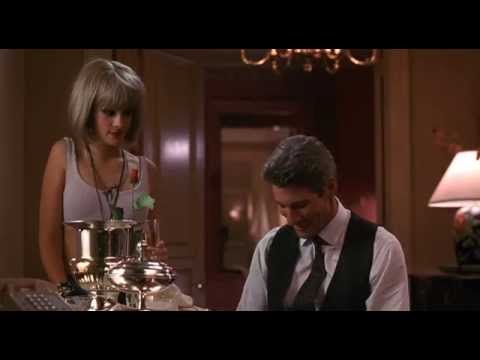Pretty Woman is one of those rare movies that feels timeless. No matter how many times it graces our screens, its magic remains unshaken. The fairy-tale romance, combined with the undeniable chemistry between Julia Roberts as Vivian and Richard Gere as Edward, continues to enchant audiences, offering the perfect mix of charm and whimsy.
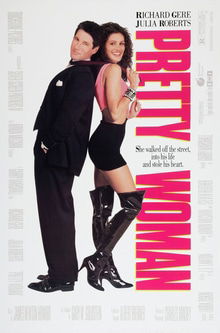
What many fans don’t know is that Pretty Woman hides several deleted scenes that add fascinating layers to the story. These moments, unseen by most, offer a glimpse into the original darker tone of the film. Those who watch these scenes often remark how they could have drastically changed the movie’s emotional impact.
The original script for Pretty Woman, titled 3,000, was a far cry from the light-hearted romantic comedy we know today. Written by J.F. Lawton, it was a gritty tale that highlighted America’s financial struggles and explored the dangers of exposing the underprivileged to opulent lifestyles. In this version, Vivian is a drug user, and her roommate, Kit, is a hardened addict teetering on the brink of an overdose.
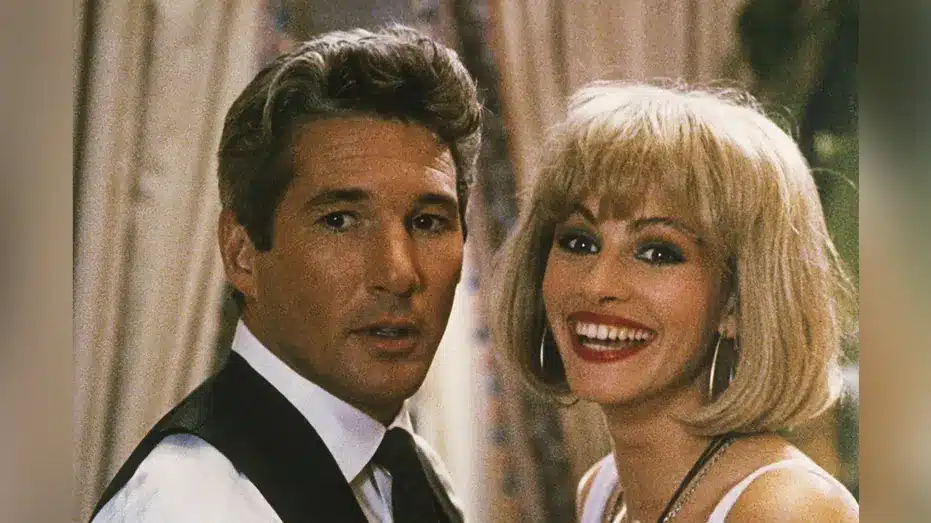
Edward’s character was also vastly different—a cold, sociopathic yuppie who viewed Vivian as little more than a distraction. This James Spader-esque Edward would have been worlds apart from Richard Gere’s charming portrayal. Interestingly, Disney initially considered Sean Connery and Meg Ryan for the lead roles—a pairing that might have shifted the movie’s tone even further.
Julia Roberts has openly stated that she wouldn’t have accepted the role if Pretty Woman had retained its darker tone. “I couldn’t do it then, and I couldn’t do it now,” Roberts remarked.
Thankfully, the film’s transformation into a romantic comedy allowed it to appeal to a broader audience and retain its fairy-tale magic.
Still, some fans long for the inclusion of certain deleted scenes, as seen in the Director’s Cut. Extended dialogues and moments like Edward and Vivian’s first meeting or a confrontation with Carlos, the pimp, hint at a grittier story. These additions could have provided deeper context to Vivian’s struggles and offered a more balanced narrative.
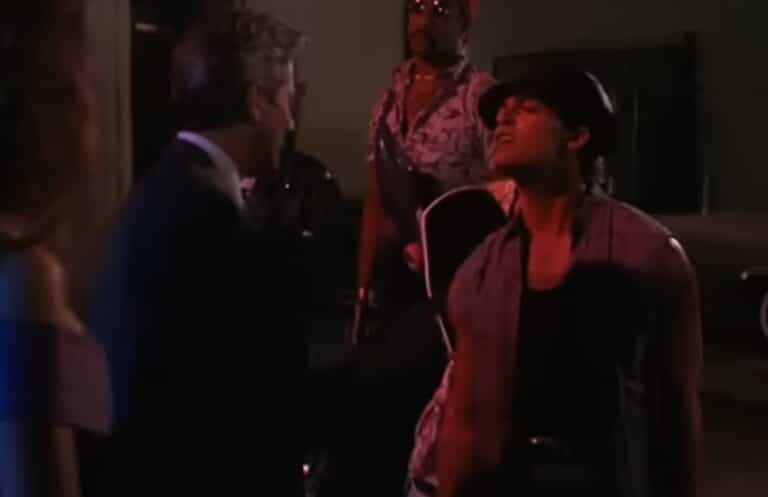
Among the cut content, a scene of Julia Roberts and Richard Gere’s horseback riding stands out as a fan favorite. This moment could have added warmth and depth to Vivian’s character, making the fairy tale even more enchanting. Similarly, other scenes showing Vivian’s life beyond Edward’s world would have added nuance, drawing parallels to My Fair Lady.
Ultimately, Pretty Woman became a polished, dreamy fairy tale—a quality that makes it so beloved. The decision to leave out the grittier elements allowed the film to maintain its magical tone. While some scenes, like the tense talk outside a club, might have added realism, they wouldn’t have fit the whimsical narrative that resonated so deeply with audiences.
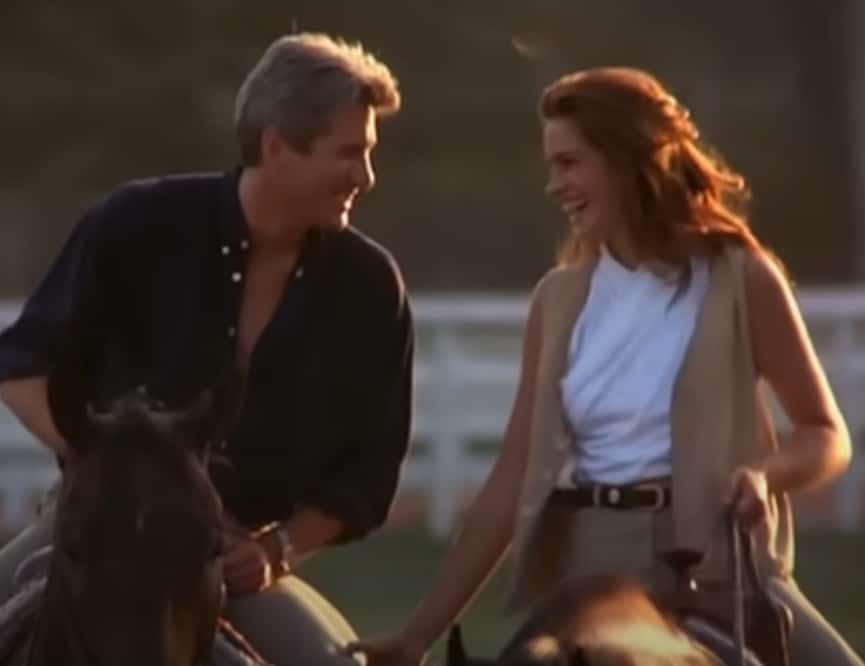
The film’s TV adaptations also highlight its enduring charm. Lines like Kit’s iconic “Cinde-f**kin’-rella” were cleverly re-dubbed to “Cinderella” for family-friendly viewing. Even subtle changes, such as Kit’s commentary on a woman’s dress, reflect the movie’s ability to adapt without losing its essence.
For fans, revisiting Pretty Woman through its deleted scenes feels like unwrapping a treasure chest. Moments like Elizabeth’s deleted polo scene—featuring a reference to actress Amy Yasbeck’s future with John Ritter—offer fun connections and fresh appreciation.
“It’s like the movie that just keeps giving,” one fan remarked. And indeed, decades later, Pretty Woman continues to enchant and surprise, proving its place as a cinematic classic.

